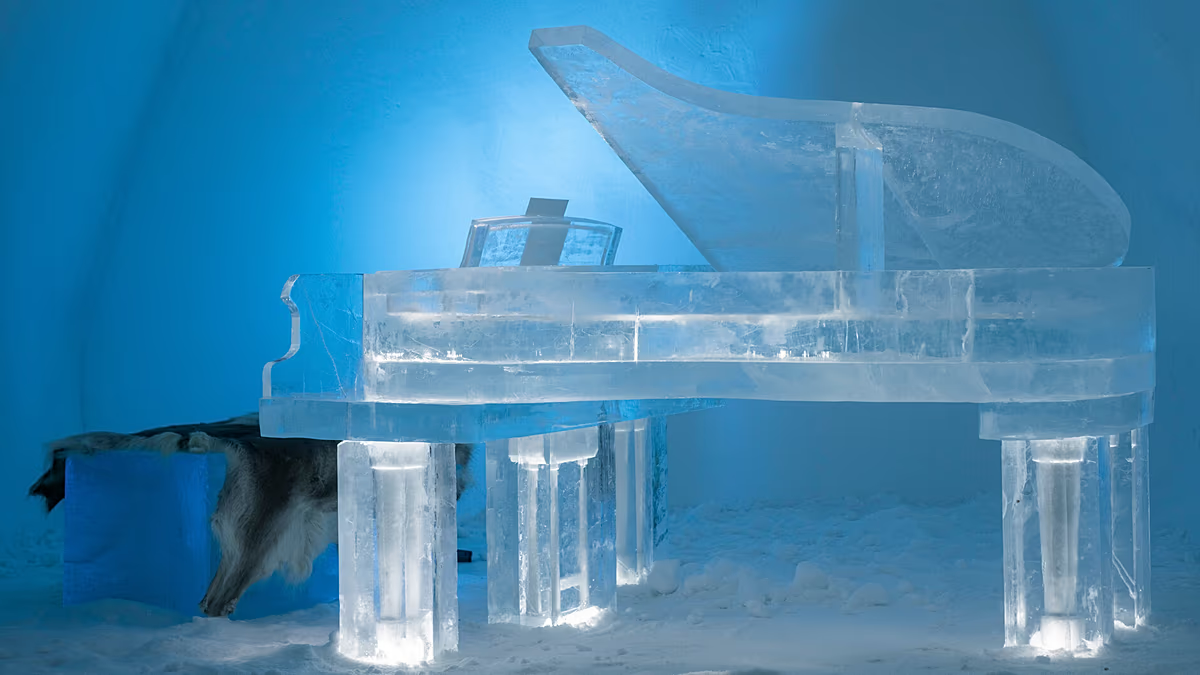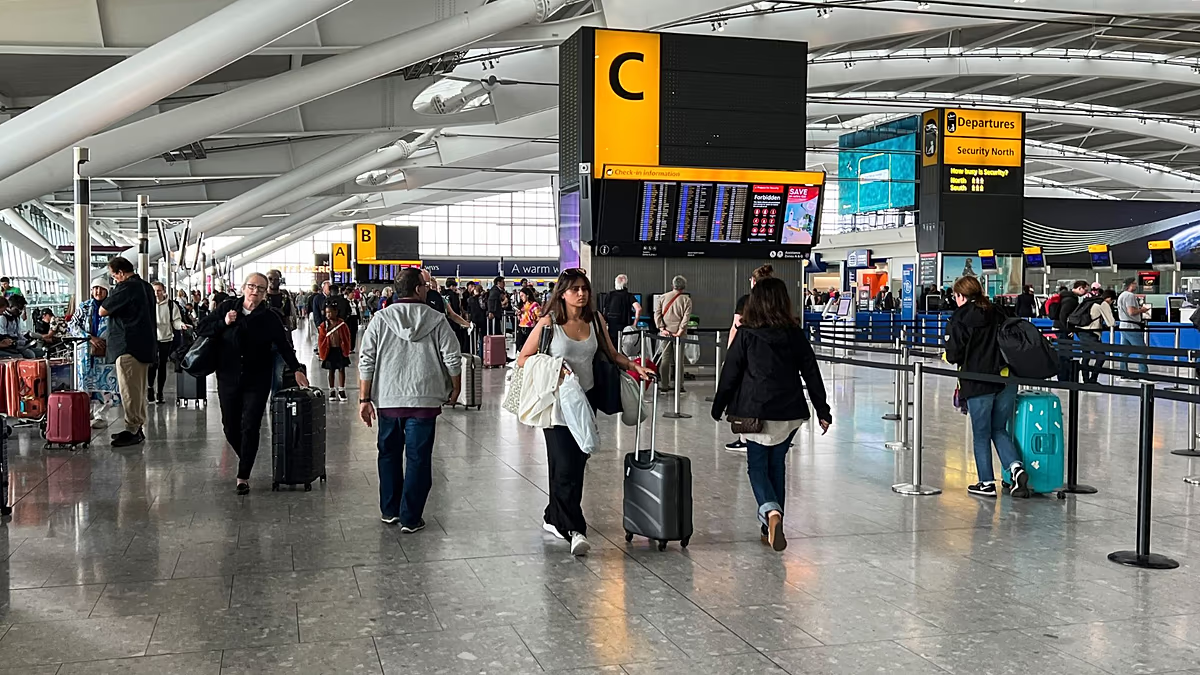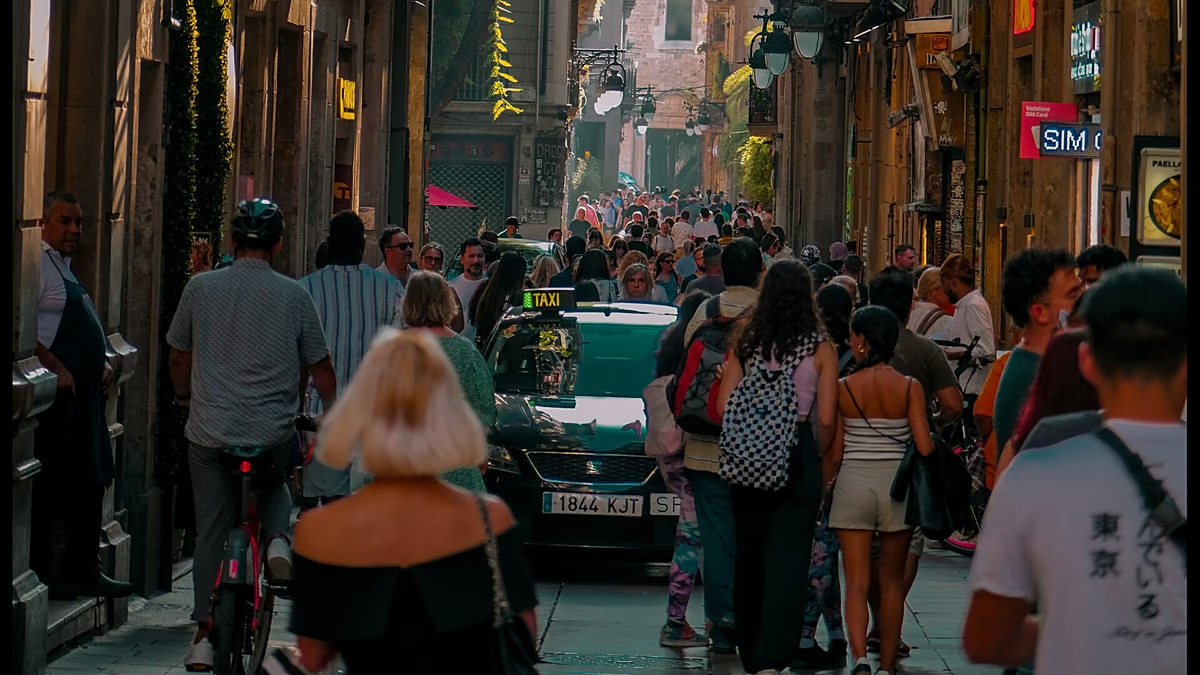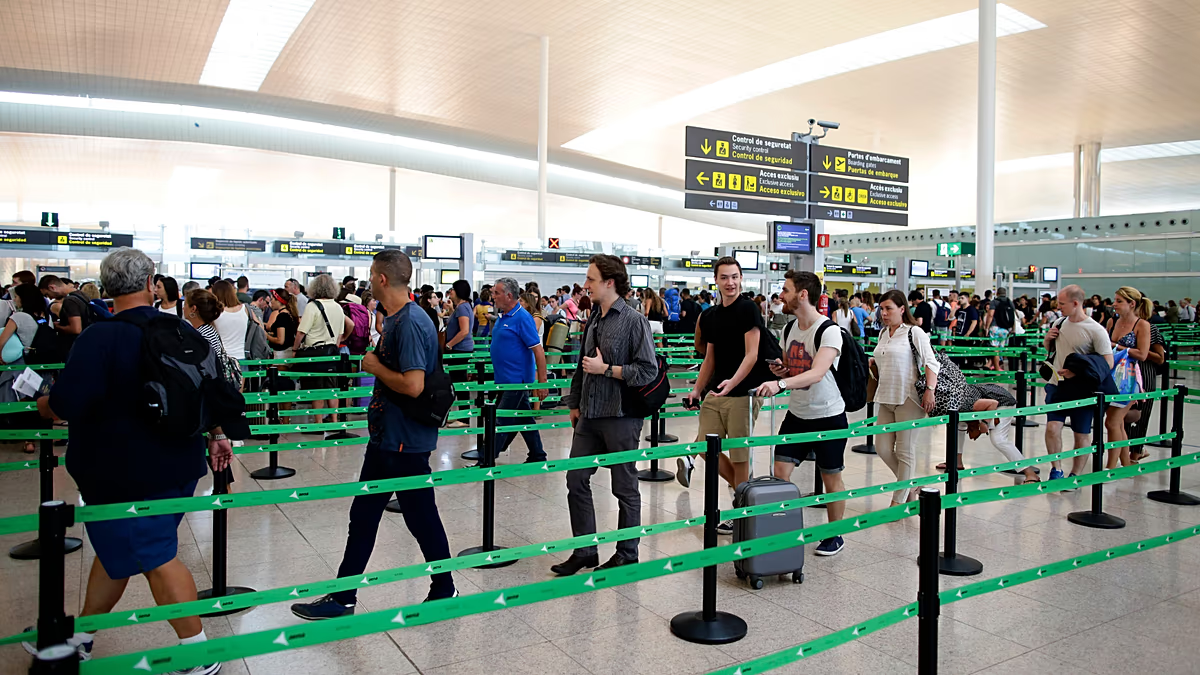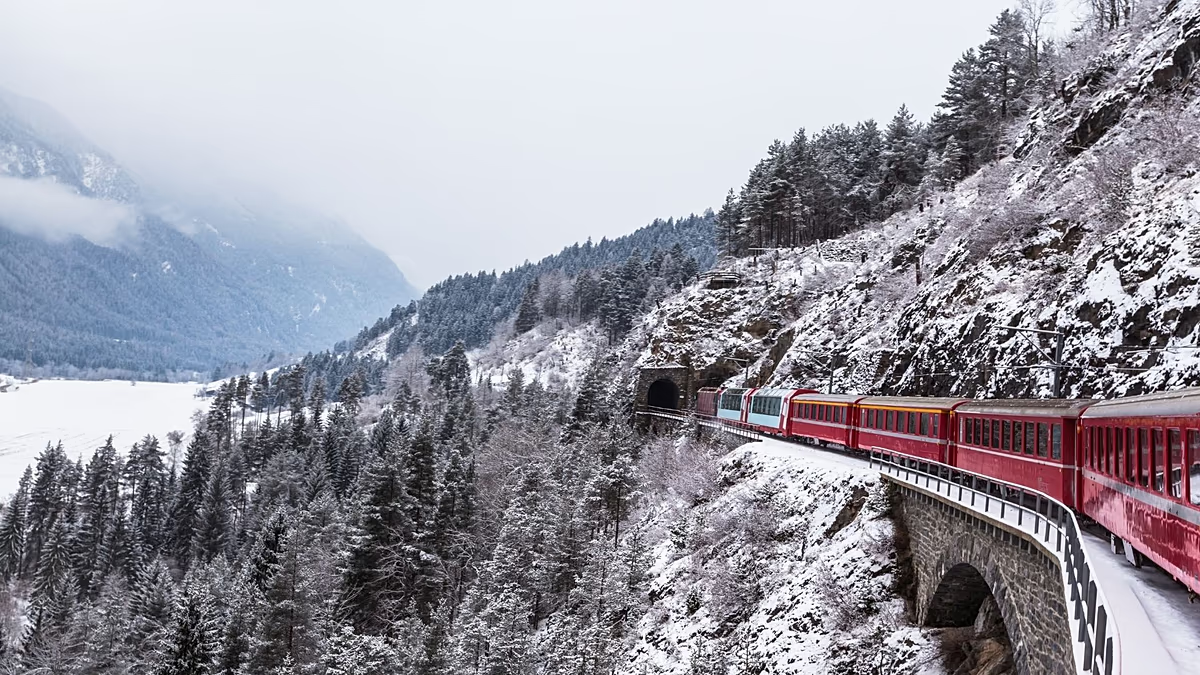Transnistria: The Soviet Time Capsule Drawing Curious Tourists
In the rolling countryside between Ukraine and Moldova exists a sliver of land that officially doesn’t exist. Transnistria, a self-declared republic with Soviet-style symbols adorning its streets, functions as a de facto independent nation despite lacking international recognition. This peculiar region, often described as the last vestige of the Soviet Union, has carved out its own reality complete with Transnistrian passports, currency, police force, and government. While the United Nations and all sovereign countries still consider it part of Moldova, Transnistria has stubbornly maintained its separate identity since declaring independence in 1990, followed by a brief but bloody conflict in 1992 that resulted in approximately 1,000 casualties. Despite its complicated political status and troubled history, this unrecognized territory has become an increasingly popular destination for travelers seeking off-the-beaten-path experiences.
The peculiar charm of Transnistria lies in its preservation of Soviet aesthetics and culture that have largely disappeared elsewhere. Visitors crossing into this time capsule encounter towering Lenin statues, hammer-and-sickle emblems, Soviet-era architecture, and streets named after communist heroes. The capital, Tiraspol, showcases a striking juxtaposition: modern cafés and shops operate alongside grand Soviet monuments and administrative buildings still adorned with communist imagery. The Transnistrian ruble, adorned with images of historical figures and unusable outside its borders, serves as both currency and souvenir. For many travelers, particularly those too young to have experienced the Soviet era firsthand, Transnistria offers a glimpse into a vanished world—a living museum where time appears to have paused in the early 1990s while selectively incorporating elements of contemporary global culture.
Tourism has emerged as a surprising economic bright spot for this unrecognized territory. Despite official travel advisories from various countries warning of potential complications in this legal gray zone, adventurous travelers continue arriving in growing numbers. Local entrepreneurs have responded by developing tourism infrastructure, including guided tours explaining the region’s complex history and political situation. Visitors typically arrive from nearby Chișinău in Moldova or Odesa in Ukraine, spending one or two days exploring Tiraspol and surrounding areas. The Kvint distillery, producing acclaimed cognac since 1897, has become a must-visit attraction offering tours and tastings. Other popular sites include the imposing House of Soviets, the towering Tank Monument commemorating World War II, and the impressive Sheriff Stadium, home to FC Sheriff Tiraspol—the football club that made headlines by defeating Real Madrid in the UEFA Champions League.
Behind the tourist appeal lies a complex geopolitical situation that shapes daily life for Transnistria’s approximately 470,000 residents. The region maintains close ties with Russia, which provides free natural gas and has stationed approximately 1,500 troops as “peacekeepers” since the 1992 conflict ended. Many locals hold multiple passports—Transnistrian, Moldovan, Russian, and in some cases Ukrainian—a practical solution to navigate their ambiguous international status. The economy depends heavily on remittances, Russian subsidies, and industrial enterprises including the Moldovan Steel Works. Critics allege that Transnistria’s unresolved status has created conditions for smuggling and illegal activities, though authorities vehemently deny these claims. Most residents speak Russian as their primary language, with Ukrainian and Moldovan also commonly heard. Despite persistent challenges including limited economic opportunities and international isolation, many Transnistrians express satisfaction with their independent stance and remain resistant to reintegration with Moldova.
The Transnistrian experience challenges conventional notions of nationhood and international recognition. Visitors often report being struck by the normalcy they encounter—people going about daily life, shopping, working, studying, and socializing despite their homeland’s unrecognized status. The territory issues its own visas (typically registration slips rather than passport stamps to avoid complications for travelers), operates border controls, and maintains separate telecommunications and banking systems. Certain practicalities require creative solutions; for instance, international mail must be routed through Moldova with dual addressing. Sporting achievements have provided rare moments of international visibility, particularly when FC Sheriff qualified for the Champions League group stage, competing against established European clubs despite representing an unrecognized state. These moments offer residents glimpses of the international recognition they crave while highlighting the peculiar contradictions of existing in geopolitical limbo.
As tourism gradually increases, Transnistria finds itself at a crossroads between preserving its Soviet heritage and developing a sustainable future. The younger generation, born after independence and having no personal memory of the Soviet Union, increasingly looks westward and embraces global digital culture while navigating their unique political situation. Many young Transnistrians pursue education or employment opportunities abroad, leading to demographic challenges. Meanwhile, the government walks a delicate line: emphasizing Soviet nostalgia and Russian connections while selectively modernizing and cautiously engaging with international entities where possible. For travelers, this transitional period offers a fascinating window into a place grappling with questions of identity, recognition, and belonging. Whether Transnistria eventually reintegrates with Moldova, gains the international recognition it desires, or continues in its current limbo remains uncertain. What’s clear is that this sliver of unrecognized land—with its Soviet monuments, unique currency, and complicated political status—has become an increasingly compelling destination for those seeking to venture beyond the boundaries of conventional tourism and traditional nationhood.




